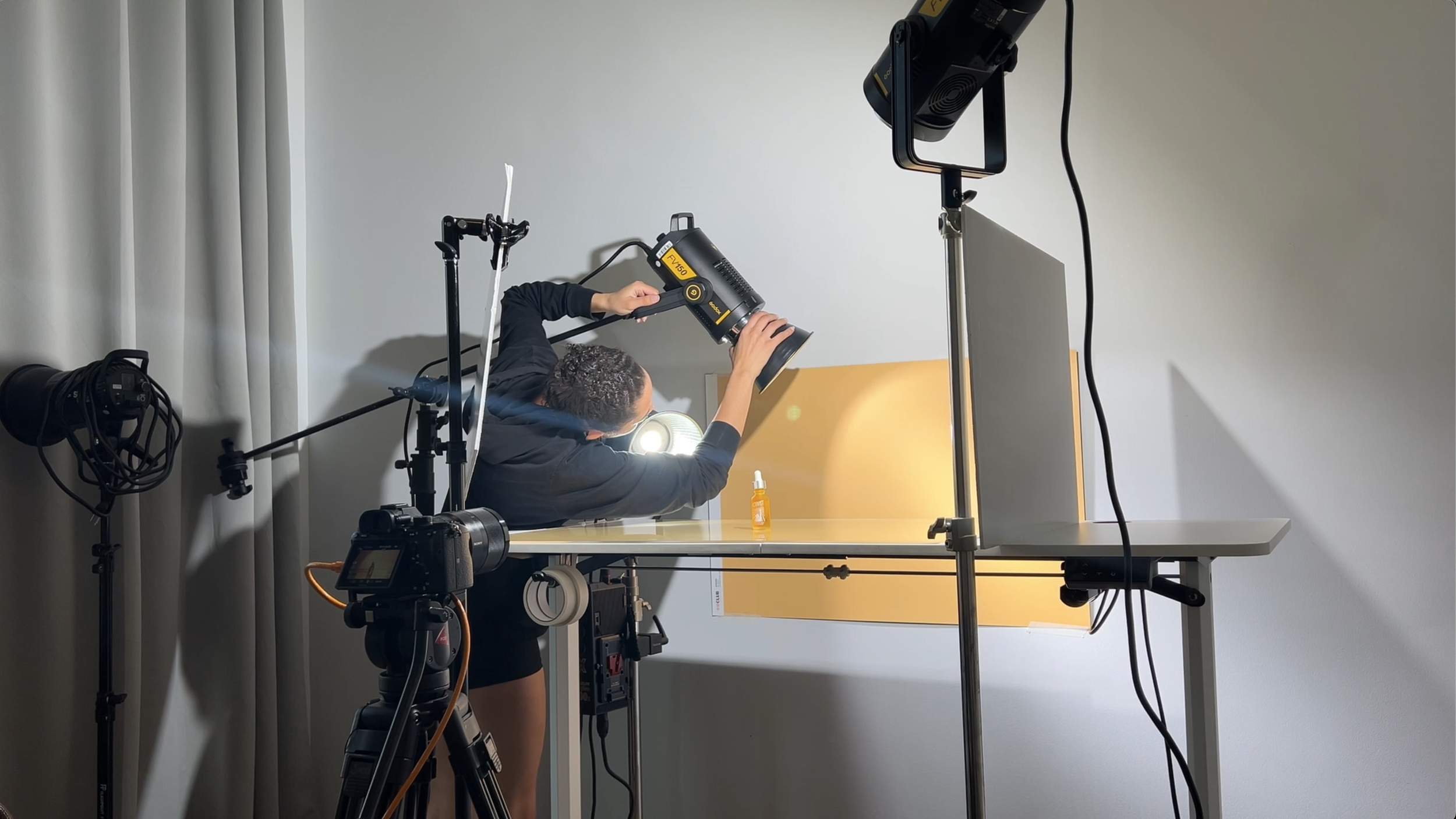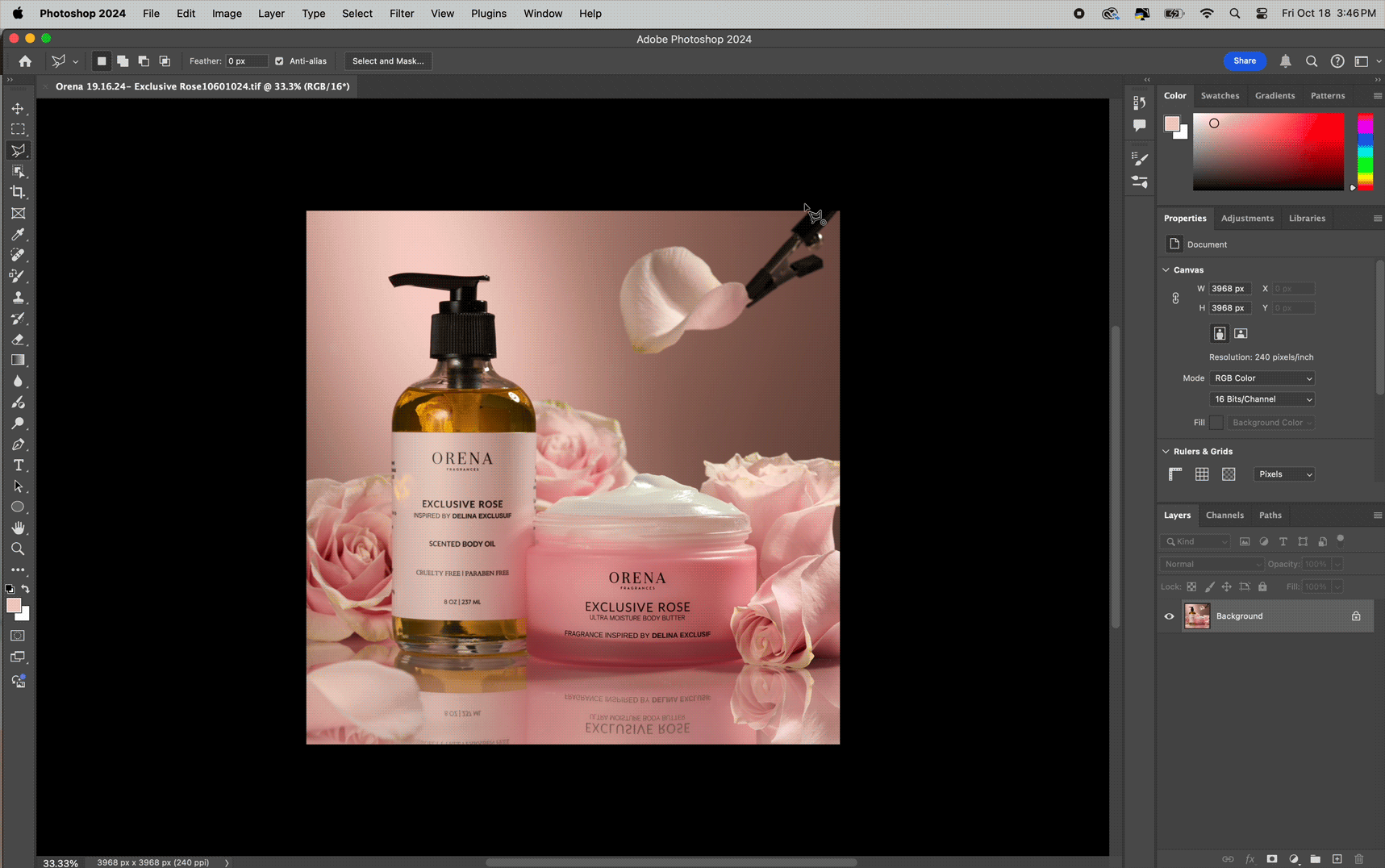Best Equipment for Creating Product Videos at Home (Simple & Affordable!)
With the right equipment you can produce high-quality content without breaking the bank. The best part is, it can be done from the comfort of your own home! Here's a list of the top gear you need to start creating product videos right now.
All imagery featured created by Mainstream Multi-Media
4K vs HD Videos
4K video files are 4x-8x larger than HD (1080p) files. The difference in size is due to the higher resolution and greater amount of data that 4K footage contains.
HD (1080p)
Resolution: 1920 x 1080 pixels
4K
Resolution: 3840 x 2160 pixels
While 4K offers better quality, it's not always necessary. As long as your product is in focus and there is enough light in your scene, HD can look almost as good as 4k videos.
Unfortunately, even with a great camera, it’s not always best to shoot in 4k. Our Sony A7 III is an incredibly popular camera choice amongst photographers however, it cannot shoot slow-motion footage in 4K. This means we have to film videos in HD if we want to capture buttery smooth, slowed shots.
If you're in the market for a new camera, consider a camera that supports 4K video in slow motion.
Top 8 Must-Have Gear for Product Videos
Tripod
A stable shot is critical for product videos. Even the steadiest hands can introduce shake, especially noticeable in close-up or cropped shots. A tripod ensures your footage is stable, allowing you to focus on framing and other details.
Lighting
Proper lighting is crucial. We started with the Godox SL60W and have since upgraded to the Godox FV150s and Aputure 300X for their excellent light output and quality.
Light Modifiers
Modifiers control where your light goes, enhancing the quality of your videos. We use standard modifiers and spotlight attachments to focus light precisely. Color gels can add a creative touch—just ensure they don’t touch the light to avoid melting.
Poster Boards
Whiteboards or poster boards help bounce light and enhance product labels. They’re great for managing reflections and ensuring your labels pop on camera.
FREE
PHOTOGRAPHY COURSE
Learn how to land clients and grow a successful photography business! (Bonus freebies inside)
Diffuser Paper
Diffuser paper softens harsh highlights, making your lighting look more natural and professional. It’s inexpensive and can be easily attached in front of your lights.
Electric Turntable
Adding movement to your shots can make a significant difference. An electric turntable offers a simple way to easily introduce dynamic elements to your videos.
Helping Hands Tool
This versatile tool can hold gels, diffuser paper, props, and more, making it an invaluable addition to your studio.
Acrylic Trays
These trays are perfect for texture shots, containing messes and keeping your workspace clean. They’re especially useful for pour shots, where liquids can easily spill.
When to NOT use 4k?
Computer Power: To edit 4K videos, you need a strong computer. It is recommended that your device has at least 32GB of memory otherwise your editing program may lag and crash!
Storage: 4K files are huge! We recommend purchasing an external hard drive to safely store your files off of your computer!
Monitor Quality: Edit on a monitor that supports 4K if you're shooting in 4K to accurately manage colors and details.
Powerful Lights: Ensure your lights are strong enough to maintain the necessary shutter speed without compromising quality.
How Much Storage is Needed for 4K Footage?
External Storage
Because 4K files take up a lot of space, it's wise to invest in an external hard drive to prevent your computer from running out of room. Here's a simple estimate to help you plan:
Compressed 4K Footage: About 1GB per minute.
Uncompressed 4K Footage: Can be significantly larger, sometimes hundreds of GBs per minute.
FAQs
1. What is the difference between 4K and Ultra HD?
Ultra HD (UHD) usually means 4K resolution (3840x2160 pixels). True 4K used in cinemas is slightly wider (4096x2160 pixels).
2. How much storage is needed for 4K footage?
Storage requirements vary based on codec, but a rough estimate is around 1GB per minute for compressed footage.
3. Do I need a special monitor for editing 4K videos?
A high-resolution monitor (at least 4K) is recommended to accurately view and edit 4K content.
4. Can my computer handle editing 4K content?
It is recommended that your device has at least 32GB of memory otherwise your editing program may lag and crash!
5. Is it better to shoot product videos in HD or 4k?
Shooting in 4K is beneficial for those seeking the highest quality. However, as long as your product is in focus and there is enough light in your scene, HD can look almost as good as 4k videos.















Follow this product photography checklist to capture flawless e-commerce images that highlight your product’s best features and boost sales.